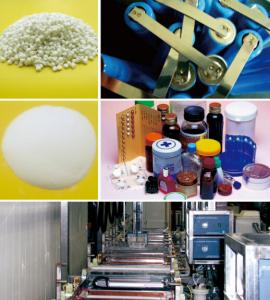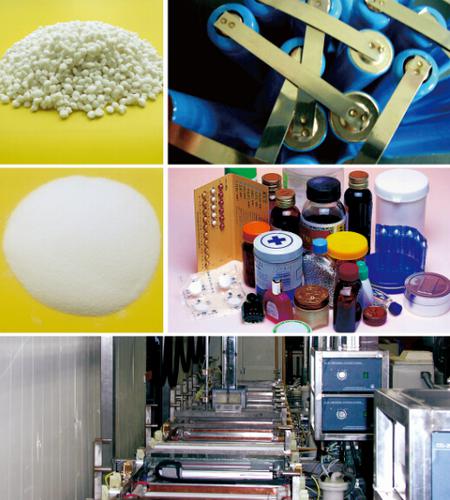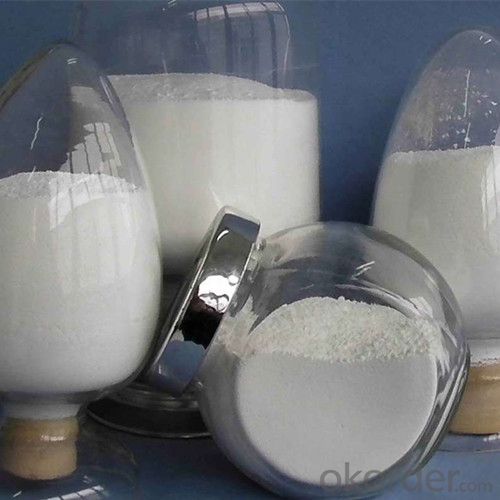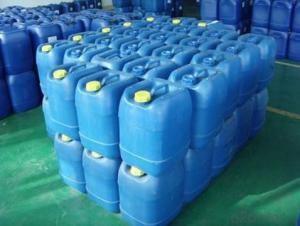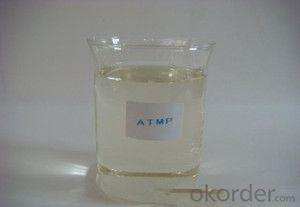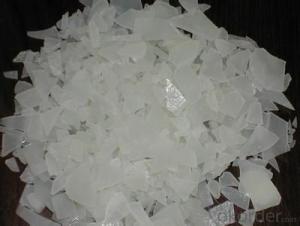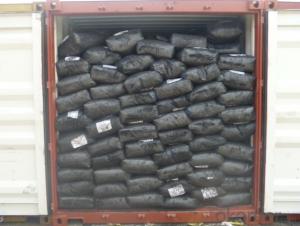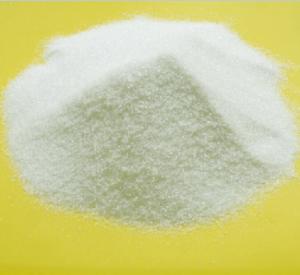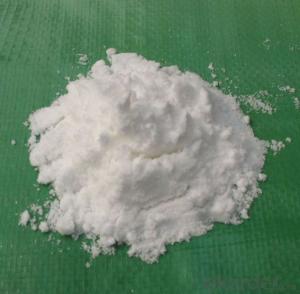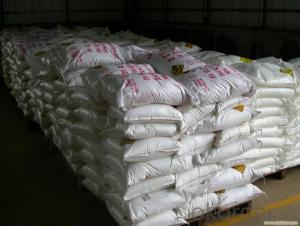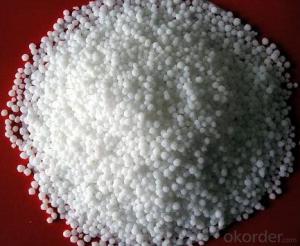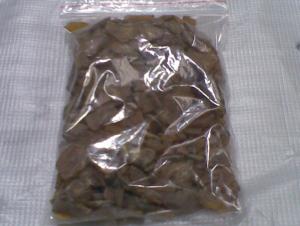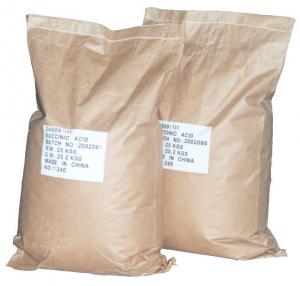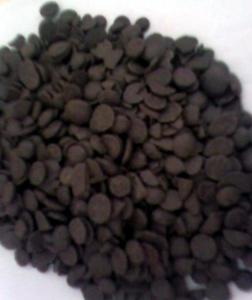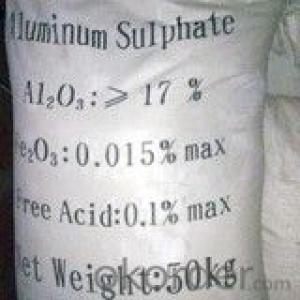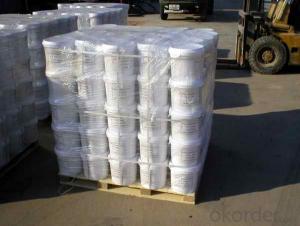Ammonium Chloride Powder Granule for Custruction
- Loading Port:
- China main port
- Payment Terms:
- TT OR LC
- Min Order Qty:
- 1000 kg
- Supply Capability:
- 500000 kg/month
OKorder Service Pledge
OKorder Financial Service
You Might Also Like
Ammonium Chloride Powder Granule for Custruction
Product Name: Ammonium Chloride
Molecular formula: NH4Cl
Molecular weight: 53.5
CAS NO.:12125-02-9
HS CODE: 28271090
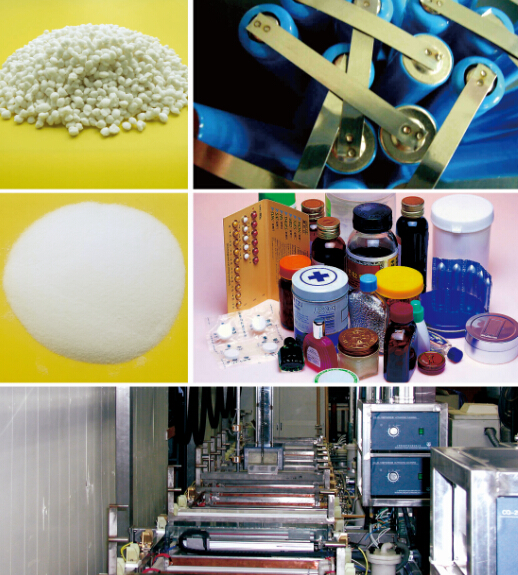
Properties :
It is colorless Cubic crystal or powder,salt and cool taste.It cancorrode the black metal and other metals.
ApplicationsIt is mainly used for making dry batteries,storagebatteries,ammonium salt, tan, electroplating, medicines, taking photographs,electrodes,bonding agent and compound fertilizer etc.
Agricultural Ammonium Chloride(NH4CL): GB2946-92

| Inspection ltem | Unit | Dry Ammonium Chloride | Wet Ammonium Chloride |
| Nitrogen | %>= | 25.4 | 23.5 |
| Moisture | %<=< span=""> | 1.0 | 7.0 |
Industrial Ammonium Chloride(NH4CL): GB2946-92
| Inspection ltem | Unit | Fine Grade | Feed Grade | First Grade | Qualified Grade |
| Assay | %>= | 99.5 | 99.5 | 99.3 | 99 |
| Moisture | %<=< span=""> | 0.7 | 0.5 | 1.0 | 1.0 |
| Iron | %<=< span=""> | 0.001 | 0.001 | 0.001 | 0.003 |
| Buring residue | %<=< span=""> | 0.4 | 0.4 | 0.4 | 0.4 |
| Heavy metal (as Pb) | %<=< span=""> | 0.0005 | 0.0005 | 0.0005 | 0.001 |
| As | %<=< span=""> | 0.0005 | |||
| Sulphates(as SO4) | %<=< span=""> | 0.02 | 0.02 | 0.02 | - |
| PH(200g/L solution,temperature 25°C)4.0-5.8 | |||||
Packing: In 25/50kg net PP/PE bag or the demanding of customer
FAQ
1.Q: What is MOQ?
A: Our MOQ is 1 TON.
2.Q: Could you offer free sample?
A: We can provide free samples to you for quality testing.
3.Q: What about your packing?
A: For liquid: Flexitank, or IBC tank 1000L
For powder:Woven fabric bag with plastic film liner( 25kg or 1000kg)
Clients’ packing is workable.
4.Q: How about your productive capacity?
A: 150000 tons/Year.
5.Q: What is your delivery time?
A: Within 7 days after received deposit or L/C at sight.
- Q: Hydrogen and oxygen in the role of the catalyst can do the chemical formula of aviation fuel?
- Do not be irresponsible, rocket fuel is hydrogen peroxide. H2 + O2 = H2O2 (catalyst)
- Q: what is the role of a catalyst in a chemical reaction?
- A catalyst is used to speed up a chemical reaction. It is not consumed during the reaction.
- Q: Briefly define a homogenous catalyst? Help please!?
- Define Homogenous
- Q: Name one case in which catalyst poisoning is useful?
- Usually, catalyst poisoning is undesirable as it leads to a loss of usefulness of expensive noble metals or their complexes. However, poisoning of catalysts can be used to improve selectivities of reactions. In the classical Rosenmund reduction of acyl chlorides to aldehydes, the palladium catalyst (over barium sulfate or calcium carbonate) is poisoned by the addition of sulfur or quinoline. This system reduces triple bonds faster than double bonds allowing for an especially selective reduction. Lindlar's catalyst is another example — palladium poisoned with lead salts. As described by its inventor,[1][2] the catalyst is prepared by reduction of palladium chloride in a slurry of calcium carbonate followed by adding lead acetate. By this approach, one obtains a catalyst with a large surface area. Further deactivation of the catalyst with quinoline enhances its selectivity, preventing formation of alkanes. An example of alkyne reduction is the reduction of phenylacetylene to styrene.[1] en.wikipedia.org/wiki/Lindlar%27s...
- Q: How does catalyst aid a chemical reaction?
- A catalyst will change the activation time; in a faster way. Hence the reaction will worke quicker. It is kind of like Nitrous in a car. It speeds up the engine, which would be kind of comparabale to two substances.
- Q: What is the difference between electrocatalysis and general chemical catalysis?
- General chemical catalysis is a catalyst, and electrocatalysis also need to be carried out under the conditions of the electric field
- Q: Why are catalysts so effective in small amounts?
- Catalysts don't get used up in reactions. Because of this, a single catalyst molecule can function again and again. Some catalysts are better than others for a given reaction. More effective catalysts reduce the time taken for 1/ the rate of travel of the molecule to the active site, 2/ the time the reaction takes, or 3/ the time it takes for products to diffuse away, or 4/ a combination of the above. The more effective a catalyst is in these factors, the less is needed to make it equally effective.
- Q: Please name 2 common examples of catalysts.Thank you?
- Common Catalysts
- Q: Chemical reaction in the presence of catalyst for the reaction are carried out a high life
- Theoretically are carried out, but some of the reaction is relatively slow, so we classified it as non-response, the catalyst is only to speed up or slow down the reaction rate of the reaction itself does not affect the reaction. I'm on high school.
- Q: Why does the CuO catalyze the reaction rate faster and faster when catalyzing the decomposition of hydrogen peroxide or tell me how to make the catalyst catalyst faster
- Heating or increasing the contact surface of the reactants.
Send your message to us
Ammonium Chloride Powder Granule for Custruction
- Loading Port:
- China main port
- Payment Terms:
- TT OR LC
- Min Order Qty:
- 1000 kg
- Supply Capability:
- 500000 kg/month
OKorder Service Pledge
OKorder Financial Service
Similar products
Hot products
Hot Searches
Related keywords
